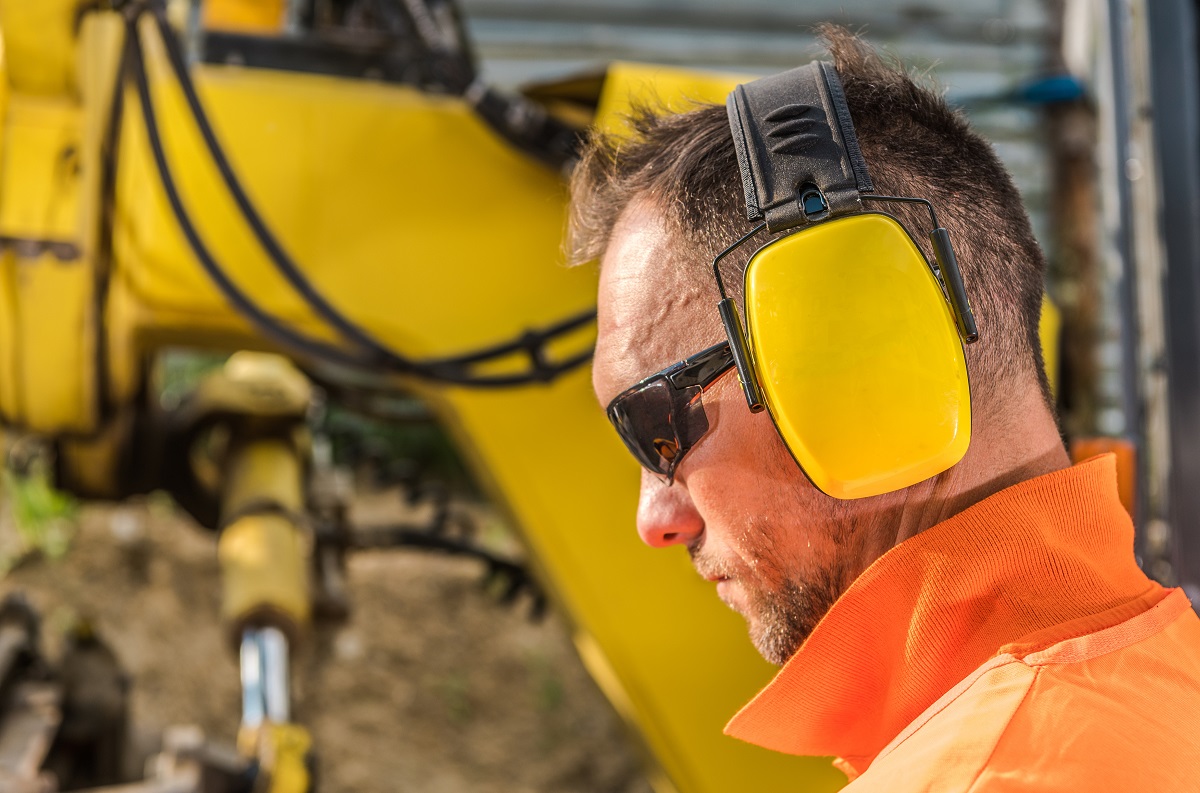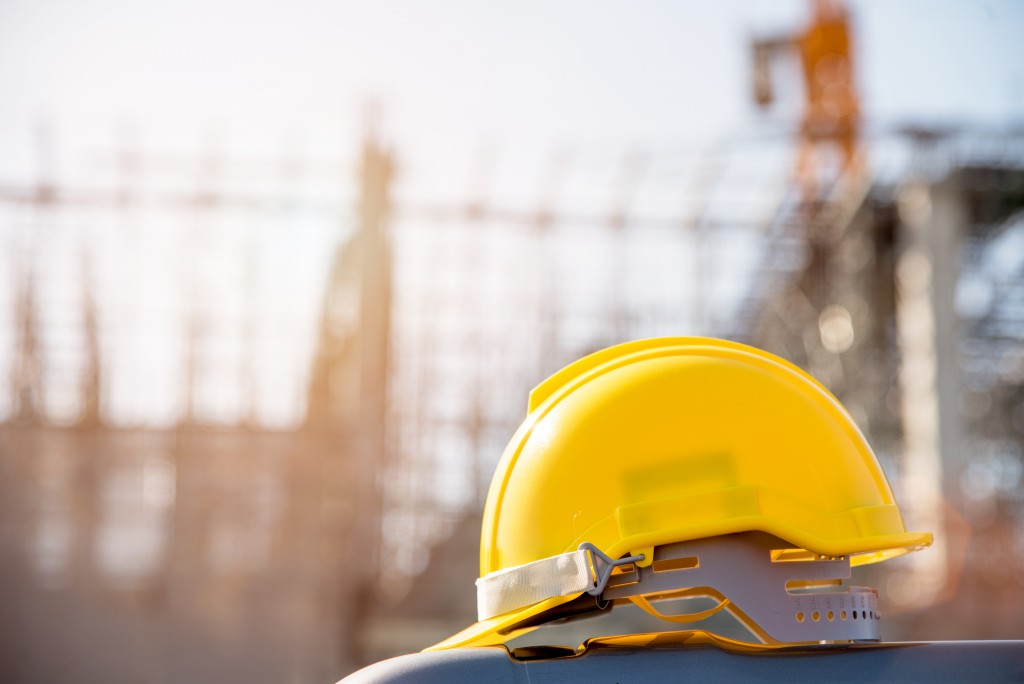Personal protective equipment (PPE) is a type of clothing that you wear to keep you safe against health and safety risks at work. Before you enter a potentially hazardous worksite, you need to check if you’re wearing appropriate clothing. If you need a reminder, you can use this helpful list as a guide:
Foot Protection
If you’ll be visiting a construction site, you should protect your feet and toes by wearing protective footwear that is slip-resistant and puncture-resistant. Safety-toed footwear is capable of preventing crushed toes when working around heavy equipment or falling objects. There are also safety shoes that are designed to be electrically conductive which prevents the buildup of static electricity. This protects you from electric hazards. Toe guards can also be worn over regular shoes to protect toes from impact hazards. If you find yourself working on icy or snowy surfaces, you should look into studded treads and overshoes.
Eye and Face Protection
Safety glasses or face shields should be worn during work operations, especially if there is a risk of foreign objects falling or entering the eye. This can happen during welding, cutting, and grinding materials. It is also important to wear it when exposed to concrete, harmful chemicals, or flying particles. They can also protect you from electric hazards such as in energized electrical systems.
Your eye and face protection equipment should fit your face properly and allow you unrestricted vision and movement. These are some types of eye and face protection you might be expected to wear depending on the workplace and situation you’ll be entering:
- Safety Glasses
- Chemical Splash Goggles
- Dust Goggle
- Fluid Resistant Shields
- Face Shields
- Laser Eyewear
- Welding Shield
Hand Protection
Hand protection comes in the form of gloves, finger guards, and arm coverings. They protect your hands and arms from the absorption of harmful substances, burns, bruises, abrasions, and punctures. Hand protection should fit snugly on your hand, but it shouldn’t be too tight. You should take note of glove dexterity, thickness, length, and size. These factors change depending on what kind of hazards you’ll face. For example, insulating rubber gloves protect hands against electrical hazards, while chemical and liquid-resistant gloves can protect you against corrosive materials.
Head Protection
Hard hats are worn to protect your head from falling objects or contact with electrical and burn hazards. You should inspect your hard hat for damage routinely. If you notice dents or cracks, it’s necessary to replace it. Bump hats are another form of head protection. They won’t effectively protect you from falling objects, but they do protect against accidental impact with fixed objects like exposed pipes or beams.
Hearing Protection

Earplugs and earmuffs should be used in noisy workplaces with chainsaws and other types of loud equipment. Earplugs can come in different varieties, such as foam earplugs which expands to fill the ear canal and seals its walls. This allows it to fit ear canals of any size, unlike pre-molded earplugs. Earmuffs fit over the head and protect the entire external ear. Hearing bands cover the ear canal only in its opening. They can’t seal the inside of your ear canal as well as earplugs do and they’re generally not recommended.
These are the most important kinds of protective equipment that you’ll be required to wear, regardless of what kind of worksite you’ll be working in or visiting. Making sure you have everything on this list will ensure your safety and protection in a potentially hazardous worksite.

